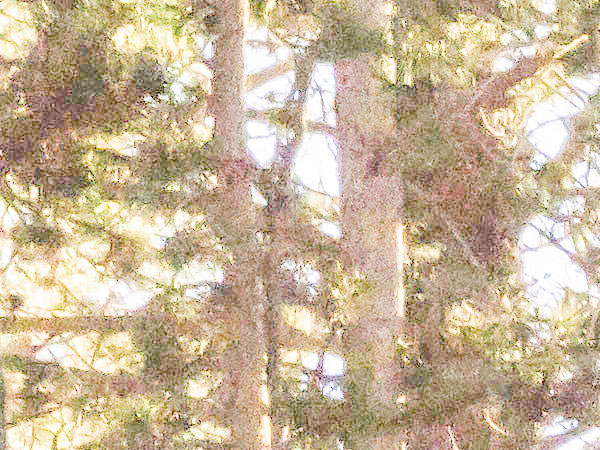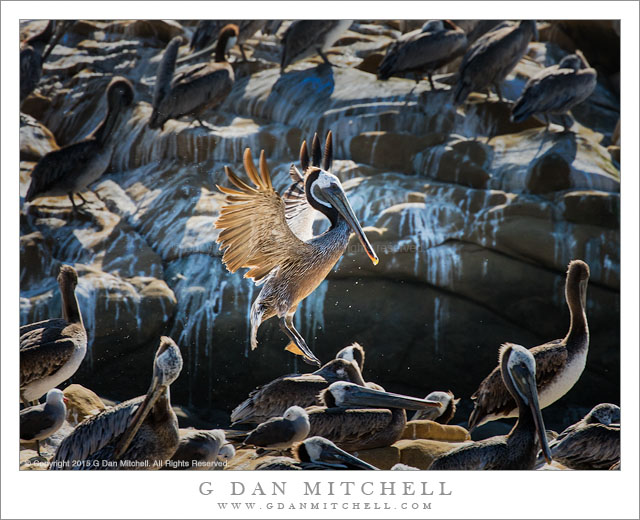This post derives from something I wrote elsewhere in a discussion about a photograph that included something that wasn’t originally in the scene, a discussion that became rather polarized.
“Not everybody trusts paintings but people believe photographs.”
― Ansel Adams

All photographs lie. But all photographs carry a burden of reality.
Except for photographers who overtly and obviously manipulate reality in major ways as a central concept of their work — see Jerry Uelsmann, for example, or some work by John Paul Caponigro, among others — viewers come to photographs believing that the images had their genesis in the real. Photographers can respond to this basic presumption in photography in a number of ways, and perhaps in landscape photography the response has even more implications.
Let’s say you are Caponigro or Uelsmann and a major point of your photography is to produce visual art that derives from and references the landscape but then combines it with non-landscape elements or takes those elements and fundamentally rearranges them so that they intentionally no longer can be taken to represent the real landscape. These photographers openly embrace and build their work on creating imaginary fantastical worlds out of materials derived from the real landscape, creating what I refer to as “imaginary landscapes.” The photographer and the viewer are on exactly the same page here – both accept and embrace the fantasy and the sometimes more ambiguous line between the real and the imagined. This work seems completely honest and genuine.
On the other hand, let’s say you are a photographer who builds and bases a reputation not on the creation of visual fantasies — things we all know are not and cannot be real — but instead on going to great lengths to travel to “special places,” often telling stories of finding special places and special conditions that less focused and dedicated photographers do not find. Continue reading Gray Areas


